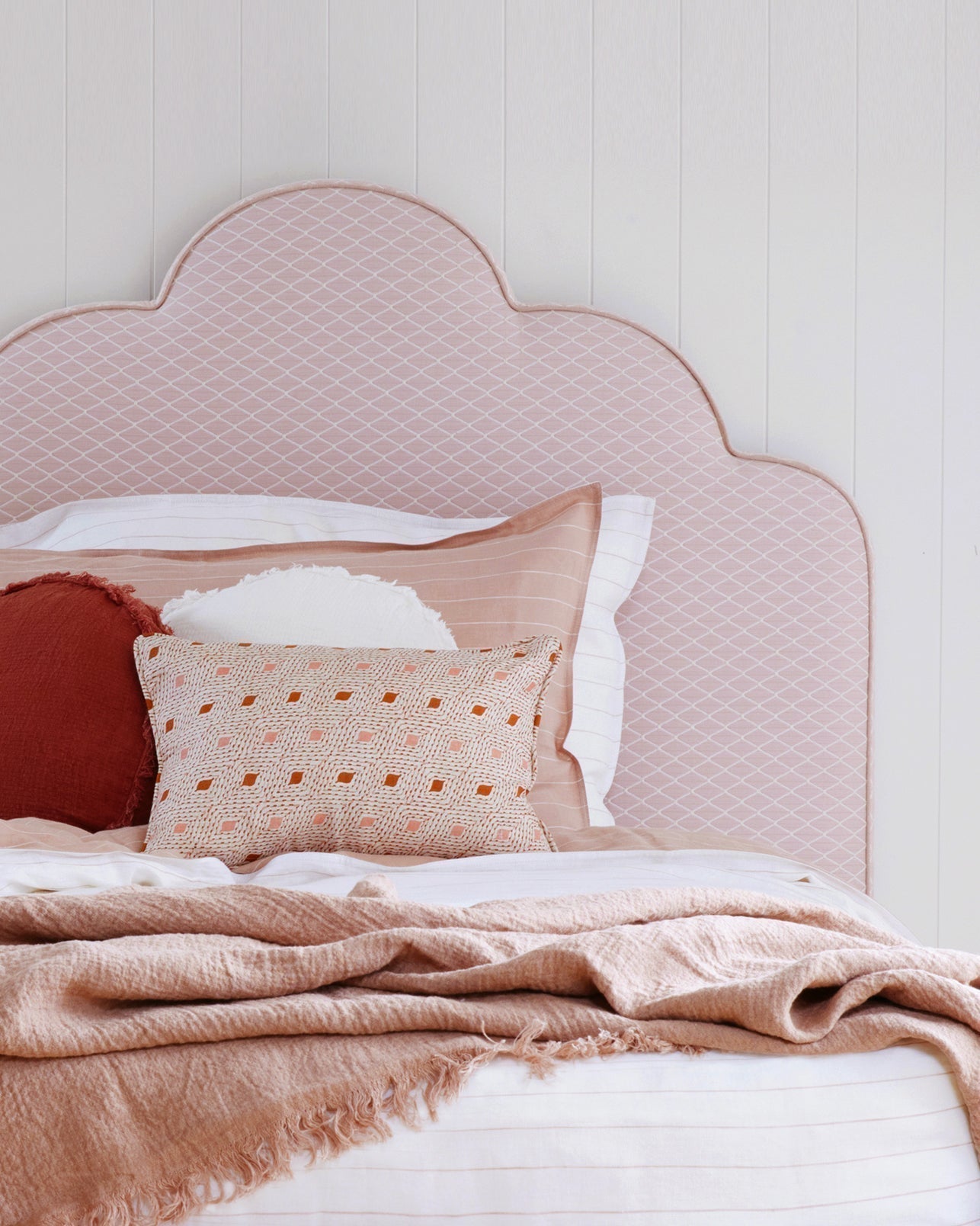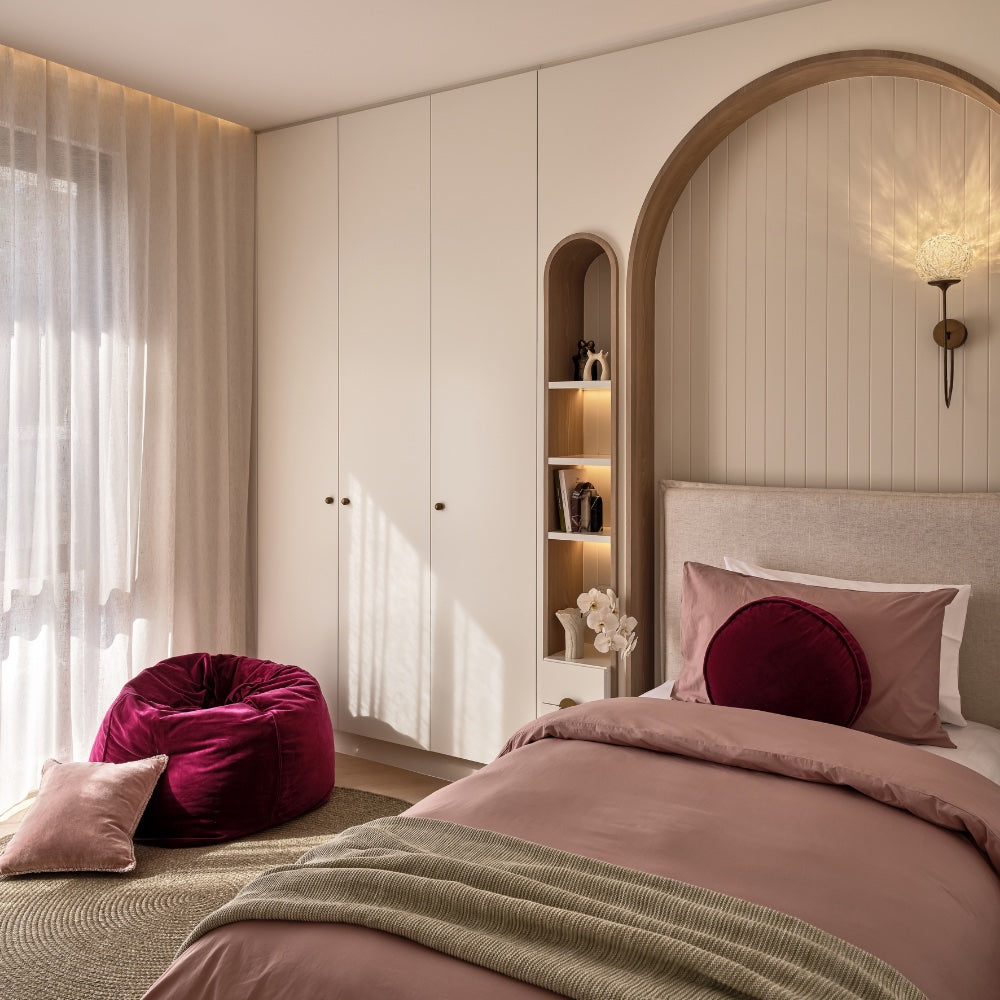So you're not creative - that's okay because we are . . . here are some TIPS to design your kid's bedrooom without the stress - you've got this!
# Creating a Kid-Friendly Bedroom That Complements Your Home.
Are you aiming to design a bedroom that reflects your home's aesthetic while also being suitable for children? Here are some tips to harmoniously combine these two concepts:
- Stay true to your style, even with children's preferences. It's easy to be swayed by current trends, but remember that children's interests can change rapidly. For example, adorning the bed with 'Bluey' may bring temporary joy, but it will likely shift as they grow. Instead, consider placing a 'Bluey' poster on the back of the door, allowing your child to enjoy it while drifting off to sleep at night.
- Invest in well-designed and sturdy furniture. Choosing durable pieces will save you from needing replacements as your child grows. You can easily refresh the room's look with new bed linens, artwork, and cushions as they transition from toddlers to primary age, tweens, and teens. Don't hesitate to opt for 'adult- style’ furniture, as you can customise it to suit your child's evolving tastes.
#Test your ideas before you invest
How many times have you been to the shops and bought an item, which you thought was ‘perfect’, to realise when you got home, it was the wrong size or colour? Here are some ways to avoid this issue:
-
Order samples.
Instead of purchasing and returning, check your supplier to see if they can send out samples and swatches of your fabrics, paints or finishes. This is the perfect way to try before you buy - especially if they are free!
Another way to test your ideas before you invest is to:
- Gather ideas. With the use of Canva or Pinterest, you can gather your ideas to create a design board. This will allow you to create a cohesive look with, colour, style and products. Lilly & Lolly have put together some design boards to inspire you.

# If you don’t know where to start with colour. Here are some ways to help you decide:
- Look at your home. What do you love? Is it brights or muted tones? For example if you love muted tones and your child loves pink, find soft pinks that blend with natural shades and cocoa colours.
- Ask your child. What does your child love? If your child insists on a colour that does not suit your home or you, find a way around it to include this colour in small doses so that it blends and coordinates with the room, without dominating it.
- Get inpiration from influencers, designers and brands which you are drawn to. Go browsing and start pulling out the looks you love. By doing this, you will begin to notice a trend that makes your preferences clear.








